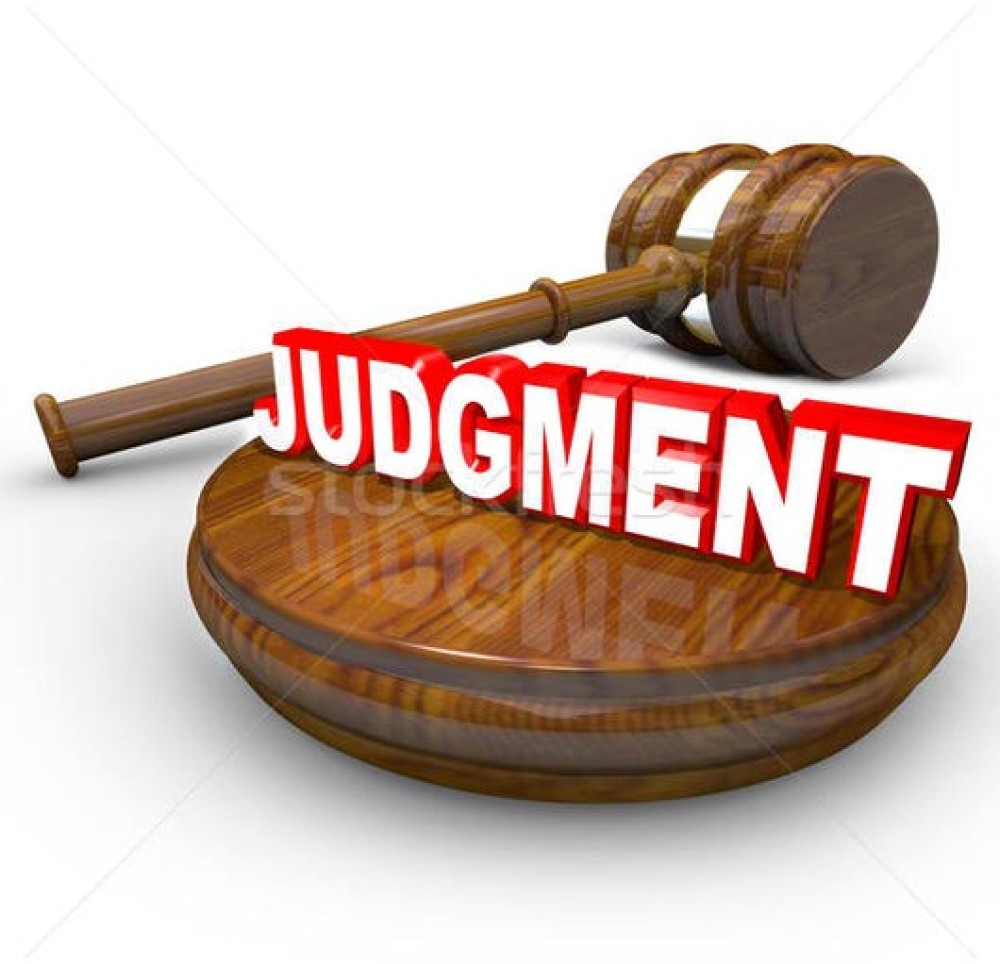Get Your Legal Documents Now!
Whether you are dealing with a complex family matter, facing criminal charges, or navigating the intricacies of business law, our mission is to provide you with comprehensive, compassionate, and expert legal guidance.

Discover how to use video and photographic evidence in summary judgment motions. Learn the rules of admissibility, authentication tips, and how Legal Husk can help you win your case.
How to Use Video and Photo Evidence in Summary Judgment Motions
Introduction
Visual evidence—like photos and surveillance footage—can be one of the most persuasive tools in a motion for summary judgment (MSJ). Unlike written testimony, images and video offer objective, undeniable depictions that can eliminate factual disputes or validate a party’s claims.
But using them effectively requires more than attaching them to a motion. They must be properly authenticated, relevant, and clearly tied to your legal arguments.
This article explores how to use video and photo evidence in summary judgment practice, including admissibility rules, strategic use cases, and best practices.
To prepare a visual-evidence-supported MSJ or opposition, visit legalhusk.com or legalhusk.com/services/civil-litigation.
Why Video and Photo Evidence Is Powerful
Visuals can show:
Admissibility Rules
To be used in summary judgment, video or photo evidence must be:
1. Authenticated
2. Relevant
3. Unaltered and Clear
Best Practices for Using Visual Evidence
1. File a Supporting Declaration
2. Include Still Frames or Stills in the Brief
3. Describe the Footage in Your Statement of Facts
Example:
14. Surveillance video at timestamp 3:42 shows the Plaintiff slipping on a wet floor in front of the main entrance (Exhibit D, Jones Aff. ¶ 8).
4. Submit Physical or Digital Media Properly
When Video or Photo Evidence Wins Summary Judgment
Examples:
When It Can Backfire
Courts may exclude visuals if they are:
Responding to Opposing Visual Evidence
How Legal Husk Can Help
At Legal Husk, we:
📌 Explore litigation tools at:
Final Thoughts
Photos and video can make or break a motion for summary judgment. When used properly, they provide compelling, objective evidence that simplifies a case and persuades the court. Make sure your visuals are admissible, strategic, and clearly tied to your claims.
📩 Need help incorporating visual evidence into your motion? Visit Legal Husk to purchase litigation documents backed by powerful proof.
Whether you are dealing with a complex family matter, facing criminal charges, or navigating the intricacies of business law, our mission is to provide you with comprehensive, compassionate, and expert legal guidance.
Comments